Broadcast vs Podcast: A Comparative Study for Journalism Students
Explore the differences between broadcast and podcast formats in journalism. This comprehensive study helps journalism students understand content delivery, audience engagement, and evolving media landscapes through the lens of "broadcast vs podcast" comparisons. Gain clarity on which platform suits your journalistic goals and storytelling preferences.

In today's rapidly evolving media ecosystem, journalism students face a dynamic and competitive landscape. From traditional newsrooms to digital-first platforms, the scope of storytelling has widened significantly. Among the core discussions in journalism education is the growing comparison between two key media formats: broadcast vs podcast. While both aim to inform, entertain, and engage audiences, their operational models, target demographics, and storytelling techniques vary significantly. For aspiring journalists, understanding these distinctions is essential not just for academic development, but also for practical career choices in a multimedia world.
Understanding Broadcast Journalism
Broadcast journalism has long been the pillar of mainstream news delivery. It encompasses television and radio news, where content is scheduled and transmitted to a mass audience. The defining feature of broadcast journalism is its immediacy and visual or auditory impact. Whether it's the evening news bulletin or a live radio update, broadcast journalism thrives on speed and real-time coverage.
Professional standards, structured production, and tight editorial control characterize the broadcast environment. News anchors, field reporters, camera crews, and editors work in tandem under high-pressure deadlines. The broadcast format often demands concise storytelling, visually compelling elements, and strict time slots. For journalism students, mastering the art of writing to visuals and working within stringent deadlines are crucial broadcast-specific skills.
The Rise of Podcast Journalism
Podcasts have emerged as a flexible and deeply engaging medium, offering long-form storytelling opportunities that traditional broadcast formats often cannot accommodate. A podcast is essentially a digital audio file available on demand, often focused on niche topics or in-depth narratives. From investigative journalism to conversational interviews, podcast journalism offers creative freedom and a more intimate connection with listeners.
The rise of smartphones and streaming platforms has fueled podcast consumption, especially among younger audiences. Journalism students exploring podcasting find themselves playing multiple roleshost, producer, editor, and marketerespecially in independent productions. Unlike broadcast, podcasting requires a strong sense of narrative flow and audio design, as it relies solely on sound to convey emotion and information.
Broadcast vs Podcast: The Platform Perspective
The debate around broadcast vs podcast largely centers on platform control and audience behavior. Broadcast media is typically owned by large corporations or public broadcasters, with access to wider infrastructure and regulatory oversight. Content is broadcast at specific times, limiting flexibility for audiences.
On the other hand, podcasting is democratized. Anyone with a microphone and editing software can launch a podcast. This accessibility makes it a powerful tool for student journalists to experiment and build a portfolio. Podcasts also offer on-demand consumption, enabling listeners to access content anytime, anywherea major advantage in todays mobile-centric world.
For journalism students, choosing between broadcast vs podcast often involves weighing structure against freedom, reach against intimacy, and real-time delivery against narrative depth.
Audience Engagement and Storytelling Style
Another key comparison in the broadcast vs podcast debate is audience engagement. Broadcast journalism, especially on television, uses visuals and live reporting to create urgency and visual appeal. It caters to mass audiences and often follows a traditional journalistic tone.
Podcasts, however, embrace personalization and niche engagement. Hosts often develop a rapport with listeners over time, using casual tones, longer discussions, and episodic storytelling. True crime podcasts, political commentaries, and deep-dive documentaries show the versatility of podcasting in delivering both information and emotion.
Journalism students must decide what kind of storyteller they aspire to befast-paced and visual like in broadcast, or narrative and reflective like in podcasts.
Production Requirements and Skill Sets
When considering a career in either medium, students must also evaluate the production demands. Broadcast journalism requires access to studios, high-end cameras, live streaming technology, and editing suites. Students entering this space typically undergo rigorous training in voice modulation, body language, and camera handling.
Podcast production, while requiring fewer resources, demands a strong command of audio editing, scriptwriting for the ear, and sound design. Podcasts often involve more post-production work to ensure the flow and clarity of conversation or narration.
In terms of skill development, the broadcast vs podcast choice impacts a students learning curve significantly. Broadcast may require quicker adaptation to high-pressure environments, whereas podcasting encourages deeper engagement with storytelling techniques.
Career Opportunities and Industry Trends
Both broadcast and podcast industries offer exciting career paths, but trends show a shift in how audiences consume content. Broadcast remains dominant for breaking news and large-scale coverage, while podcasts are thriving in specialized journalism, education, and entertainment sectors.
Media houses are increasingly integrating podcasts into their offerings, creating hybrid professionals who can switch between both mediums. Journalism students who are proficient in both formats are more likely to find versatile roles in the industry, from multimedia reporters to digital producers.
Understanding broadcast vs podcast trends can help students align their internships, electives, and capstone projects accordingly.
Final Thoughts: Embrace the Best of Both Worlds
The debate between broadcast vs podcast is not about declaring a winnerits about understanding how each format contributes to the journalism spectrum. Broadcast offers reach, real-time updates, and professional polish, while podcasts deliver flexibility, depth, and intimacy.
For journalism students, the ideal approach is to gain hands-on experience in both. Whether its a university radio station, a video reporting class, or starting an independent podcast, exposure to multiple formats builds adaptability and resilience.
As the media industry continues to evolve, future journalists will need to be comfortable moving between formats and platforms. Mastering both broadcast and podcast tools ensures not just employability but also a broader creative horizon for storytelling.
Read Also: SMS Varanasi: Student Alumni Association and Career Growth











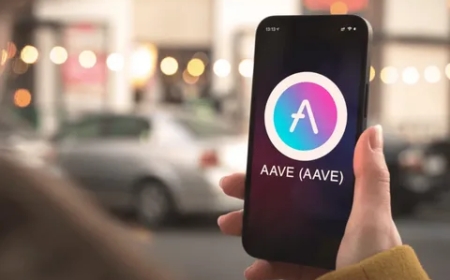




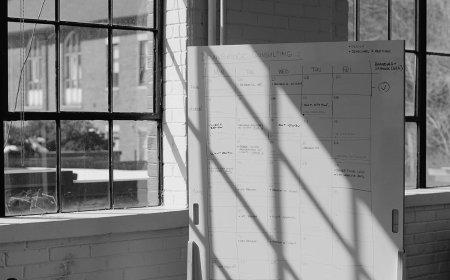




![Top 11 Real Estate Mobile App Developers in Riyadh, Saudi Arabia [2025 Edition]](https://www.philadelphialivenews.com/uploads/images/202506/image_430x256_68621a9e48997.jpg)

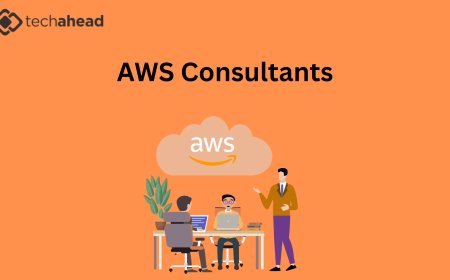
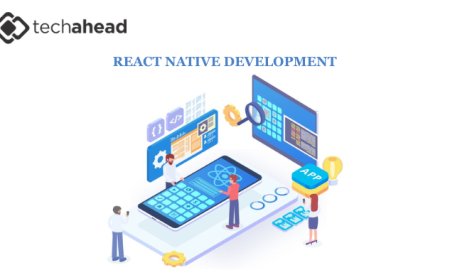

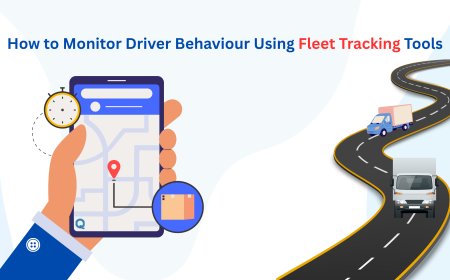


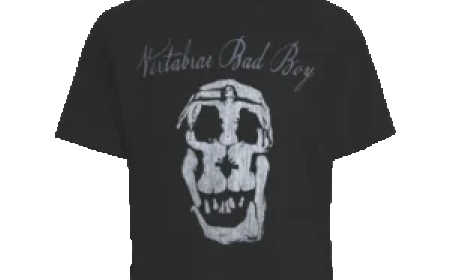






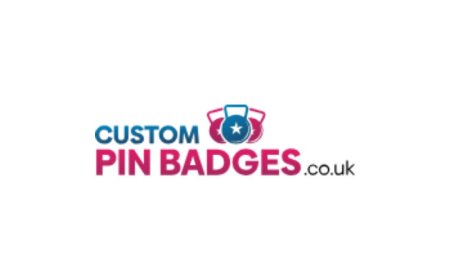

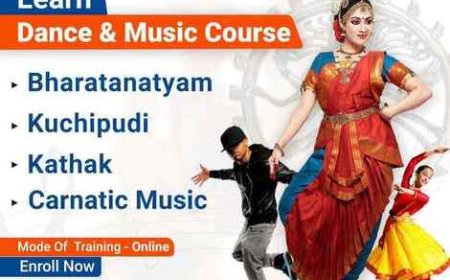
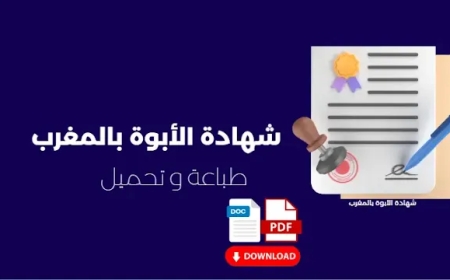
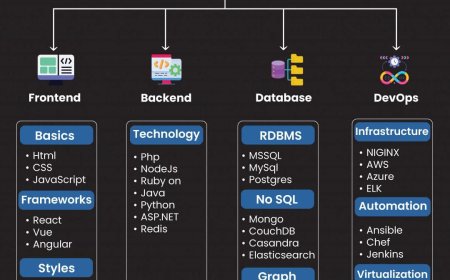





![Top 11 Real Estate Mobile App Developers in Riyadh, Saudi Arabia [2025 Edition]](https://www.philadelphialivenews.com/uploads/images/202506/image_140x98_68621a9e4a204.jpg)